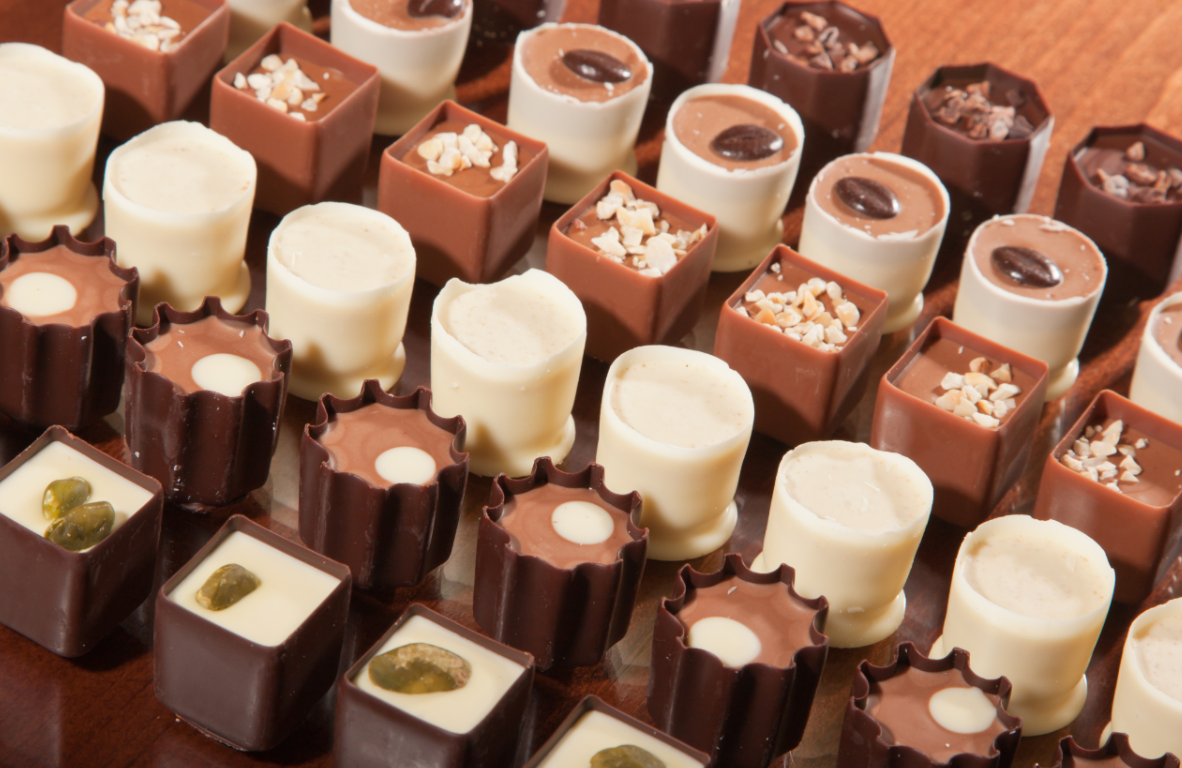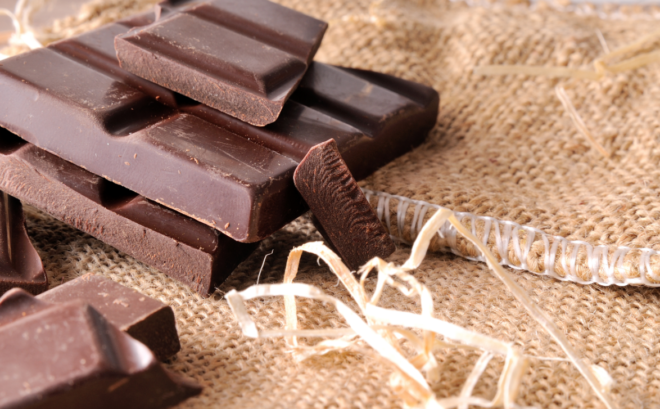Chocolate by Chocolatiers
Although National Chocolate Week ended a couple of weeks ago, chocoholics don’t really need an excuse to tuck into some fantastic artisan chocolate, whatever the time of year.
The Flight to Quality
Until a few years ago, the British chocolate market was dominated by the massively mass-produced brands such as Dairy Milk or Nestle.
However, recently there has been a huge transformation. This change has been driven mainly by an increase of enthusiasm from the consuming public
The health message about sugar and fat consumption has hit home, and as a result, sales of mass-market bars, full of sugar and fat, have taken quite a hit. The message out there is smaller quantities of better chocolate make you feel happier and healthier. The artisan chocolate industry and chocolatiers who concentrate more on the quality of their most important ingredient are therefore going from strength to strength.
According to Kate Johns, organiser of both UK Chocolate Week and the Chocolate Show, “consumers are interested in finding out more about chocolate. They want to taste bars from different origins, discover a wider variety of flavours and be introduced to new chocolate companies.”
Bean to Bar
Cocoa Tree
Cocoa beans come from the cocoa pods found in cocoa trees. Each cocoa tree can produce up to a kilogram and a half of beans per year. The cocoa beans are harvested twice a year in a very delicate operation.
The beans are cracked from the pod, fermented, and dried, before being exported to other countries for the chocolate processing to take place.
45 countries in Africa, Latin America, and Asia produce 3 million tonnes of Cocoa a year. After sugar and coffee, cocoa comes in third place in the global market of raw food materials.

Manufacturing
After the beans have been dried, they are placed into a roasting machine. This develops the chocolate flavours and eliminates all moisture. Once the beans are cooled, they are placed into a crushing machine, separating the shell from the bean. The next stage of the processing is the grinding of the beans (nibs). This turns the nibs into a paste. It is at this stage that milk and sugar can be added. The final stage of the production process is called conching. This stage is extremely important to the quality of the finished product. It eliminates all traces of moisture, excess acidity and bitterness. It also removes undesirable aromas and allows the full diffusion of cocoa butter in the cocoa paste. The chocolate paste is then maintained at a controlled temperature in large tanks called conches.
Chocolate Festival
Come and join us at ChocFest in Melton Mowbray this month. You can take part in tastings, demonstrations, talks, and workshops; and of course, there will be plenty of chocolate and associated food and drink to buy from some of the UK’s best local producers. Click on the link below for more details.


